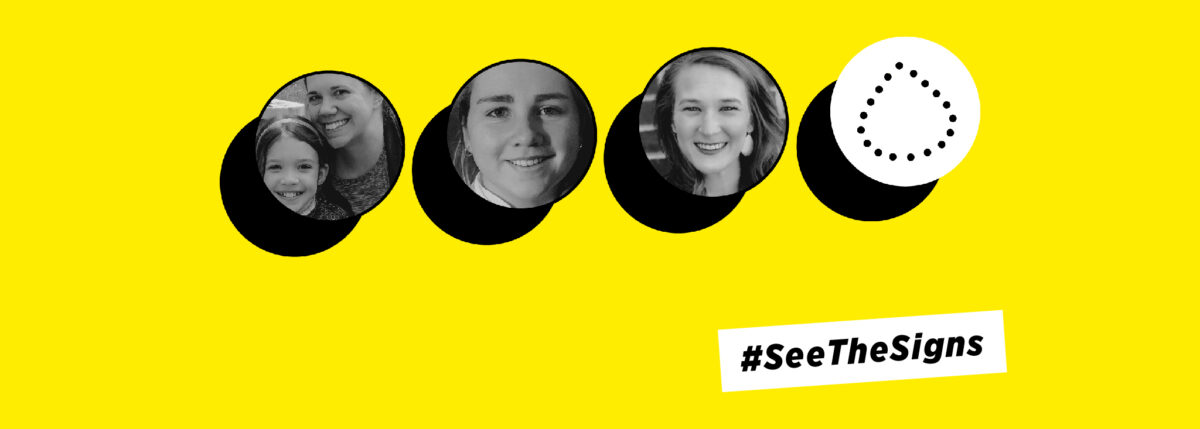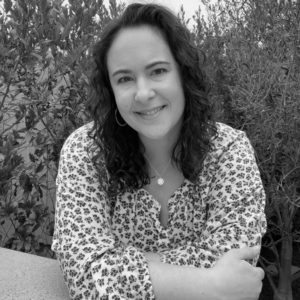Our #SeeTheSigns Advocates Save Lives; You Can Too
Editor’s Note: Get involved in Beyond Type 1’s #SeeTheSigns of diabetes campaign! Share your signs to help save lives, request #SeeTheSigns posters to share in your community, get sharable graphics for social media and more! Learn more here.
 Knowing the signs of type 1 diabetes saves lives. That’s because nearly half of type 1 diagnoses in the United States occur when a person is already experiencing diabetic ketoacidosis (DKA), a life-threatening condition resulting from dangerously high blood sugar levels and very little insulin. This is the very last stage of type 1 diabetes development, but the disease can be caught far earlier.
Knowing the signs of type 1 diabetes saves lives. That’s because nearly half of type 1 diagnoses in the United States occur when a person is already experiencing diabetic ketoacidosis (DKA), a life-threatening condition resulting from dangerously high blood sugar levels and very little insulin. This is the very last stage of type 1 diabetes development, but the disease can be caught far earlier.
Our signs of type 1 diabetes awareness campaign—#SeeTheSigns—was launched to make the telltale indicators—excessive thirst, frequent urination, unexplained weight loss and exhaustion—common knowledge, so individuals everywhere can be better equipped to spot early signs of diabetes and avoid DKA.
Who best to spread knowledge of the warning signs? People who are already impacted by diabetes. By becoming a warning signs advocate in your community, you can help others avoid the life-threatening consequences of catching the disease too late.
That’s why we are harnessing the knowledge and experience of advocates in the Beyond Type 1 community who are passionate about equipping others with the know-how to recognize and respond to signs of type 1 diabetes and DKA.
Sign up to become a #SeeTheSigns advocate here.
Brittany, diagnosed at 14
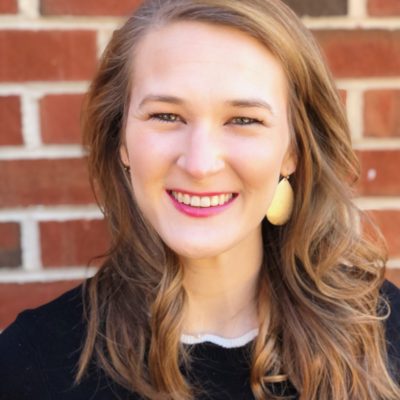
For Brittany Dement of Auburn, Alabama, knowing the signs of diabetes led to a speedy diagnosis at age 14.
“Over Easter weekend, I had begun chugging water, urinating very frequently, lost a few pounds, and had a pounding headache,” she said.
Her younger sister had type 1 diabetes so Brittany’s family recognized what was going on and were able to quickly test her blood and get medical treatment.
“My parents knew the signs of type 1 diabetes (T1D) when I started showing them and luckily, [I] was not in DKA at diagnosis but three years prior, that was not the same story for my sister,” Brittany said.
Though Brittany’s sister had experienced DKA before receiving a diagnosis, her parent’s knowledge helped Brittany avoid the same experience when she developed type 1.
In the nearly two decades since her diagnosis, diabetes hasn’t stopped her. She went on to study in Italy, teach English in Vietnam, get married and adopted a son, run for political office and is now pursuing her second Master’s degree and Ph.D.
In 2018, she became a BT1 advocate and has been sharing signs of diabetes posters at doctors’ offices and clinics, pharmacies and on college campuses.
“I know what DKA feels like and how scary it can be,” Brittany says. “With the [awareness] campaign, my hope is that people recognize signs of DKA and ask for simple finger stick that could save their life.”
Niamh, diagnosed at age 7
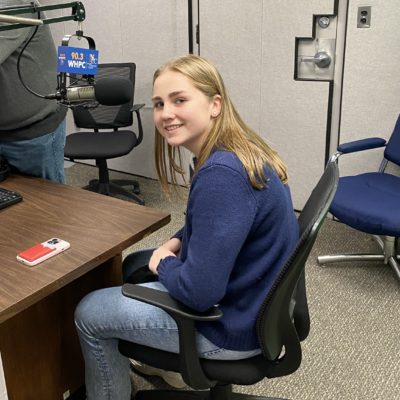
One of Beyond Type 1’s younger signs of diabetes campaign advocate, Niamh Pfaff, 15, from Garden City, New York, was in DKA when she was first diagnosed with type 1 at 7 years old.
“The weeks leading up to my diagnosis I had lost around 15 pounds. I had been constantly thirsty and drinking a lot of water. I experienced cramps and pain in the area my pancreas is located as well. I experienced exhaustion very frequently as well,” Niahm says.
During a routine physical, Niahm was sent to the hospital, where she learned she was in DKA and had an A1c of 11 percent.
“Had my parents known that my symptoms were consistent with type 1 diabetes, I probably would have gone to the doctor sooner. I could have avoided an ICU stay and had a safer diagnosis,” she says.
“I know I was lucky because I was not in DKA for very long and did not experience lasting side effects. My goal when [becoming an advocate] was to limit the amount of other individuals that have to go into DKA to discover they are diabetics,” she says.
Sara, whose daughter Olivia was diagnosed at 23 months
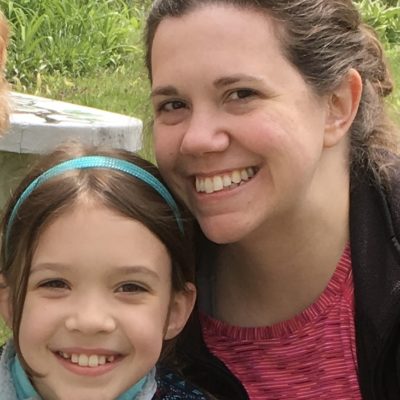
Recognizing the signs of diabetes was critical for Sara Krewel of Elkhorn, Wisconsin, when her young daughter began exhibiting symptoms of diabetes.
Sara knew something was wrong when 23-month old Olivia began losing weight in 2013, though her pediatrician shrugged off concerns.
“She was soaking through her diapers and we couldn’t seem to get enough for her to drink. Olivia had gotten to the point that she was hanging on the handle of our refrigerator screaming for more to drink and as soon as she would guzzle it down she would throw it up. We thought she had the flu. Her symptoms however triggered a red flag for my mom and she started mentioning diabetes and we started looking up the symptoms. Olivia had them,” Sara said.
Even though Olivia’s family knew and recognized the hallmarks of diabetes, the doctors attending to Olivia didn’t.
“We had to argue with them to test her blood sugar. The doctor finally ordered the test while stating it was pointless and unnecessary. We remember it took two nurses to test Olivia with their big hospital blood meter. My husband saw the number, Olivia’s blood sugar was 32.8 mmol/L590 mg/dL,” Sara said.
“If we hadn’t insisted and they sent us home, I don’t want to imagine what might have happened.”
That was eight years ago. Today, Sara works at a library. One way she’s shared the warning signs is by incorporating BT1’s signs of diabetes campaign posters and other material into an educational display on diabetes at the library.
“One of my plans is to team up with the local school district to distribute the flyers,” she says. “I hope to continue spreading awareness in my community and further.”
Check out our #SeeTheSigns of Type 1 Diabetes Awareness Campaign to learn how you can receive free posters and other materials to share in your communities, schools, coffee shops, doctor’s offices and so much more.
Learn more about screening for the earliest stages of type 1 diabetes—long before symptoms develop.

